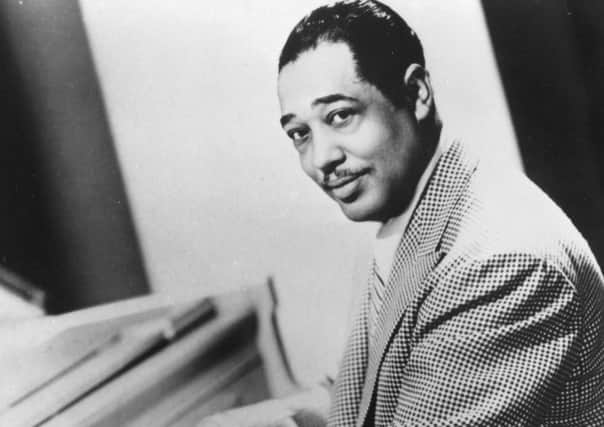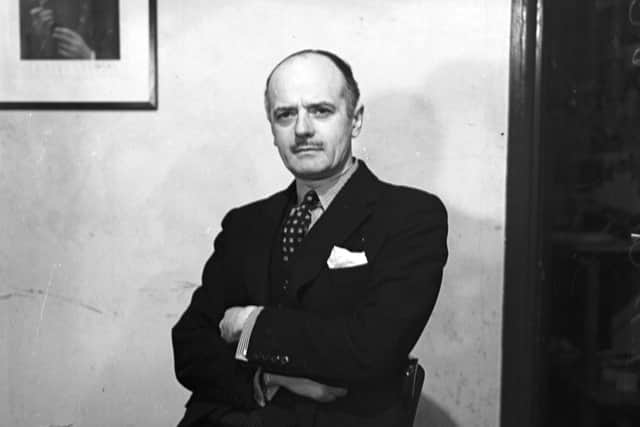Barry Band: Gazette editor was out of sync with new '˜puerile' jazz


Where’s the tune, we ask. Sometimes we can’t detect a proper lyric.
But the shock caused by the arrival of syncopated music in the 1920s was seismic, and has led to my discovery of what must be one of the most cutting reviews ever printed in the Gazette.
Advertisement
Hide AdAdvertisement
Hide AdThe writer was Harold Riley Grime (HRG), three years before he turned the family newspaper from a thrice-weekly publication into The Evening Gazette.


The subject was the visit to the Winter Gardens Pavilion on Easter Sunday, 1926, by America’s Paul Whiteman and his Orchestra.
It was a time when syncopated music – jazz – was becoming popular in the resort’s ballrooms.
In a review, HRG described George Gershwin’s Rhapsody In Blue as “puerile”.
Let’s look at the wider review.


Advertisement
Hide AdAdvertisement
Hide AdIt began by stating the remarkable interest in the prince of syncopation and his 27 musicians, and the fact that everyone interested in dance music was present at either the afternoon or evening concert.
Paul Whiteman’s publicity had led them to expect a great deal, said HRG.
“Perhaps that was the trouble” he wrote. “One somehow expected to hear a Super-Jack Hylton, or a Savoy Orpheans De-luxe.
“Alas! It soon appeared that Mr Paul Whiteman has outgrown the infectious melodies of his childhood... and is now a rather pretentious fellow with a serious idea of himself.
Advertisement
Hide AdAdvertisement
Hide Ad“This clever musician and his versatile orchestra specialise nowadays not in dance melodies so much as extremely ‘modern’ symphonies, rhapsodies etc.
“For absolute futility in music, comparable with some specimens of free verse in poetry and Cubism in art, it would be hard to beat two items – The Mississippi Suite and Rhapsody In Blue.
“Here were a collection of weird noises, redeemed only by orchestral colouring by a high order of individual and collective talent.
“It speaks volumes for the skill of conductor and orchestra that so much tonal contrast could be got out of material so puerile.”
Advertisement
Hide AdAdvertisement
Hide AdThe reviewer appreciated Caprice Viennois by Fritz Kreisler, “played with a delicacy of tone that would delight the composer”, but he thought this was “a flash of rare beauty. “
During the show, a wealth of talent was revealed by the band’s soloists, but this made “the stuff on which it was wasted” more apparent, he said.
HRG concluded: “If they are to depend on the hideous sounds in one of those ultra-modern ‘syncopated symphonies’, then it is easy to foresee the day when the anguished listener will rush home, apply cold compresses to the forehead and revive himself with something like Annie Laurie on the gramophone. “
Was HRG’s review a one-off?
It appeared not, for when Duke Ellington and his Orchestra gave jazz concerts in the Tower Ballroom in July, 1933, a reviewer asked: “A work of genius, no doubt, but what is there about it?
“We suppose it expresses the spirit of modern youth, wild and daring and without restraint.
“That is all.”
Dangerous stuff, this new music!